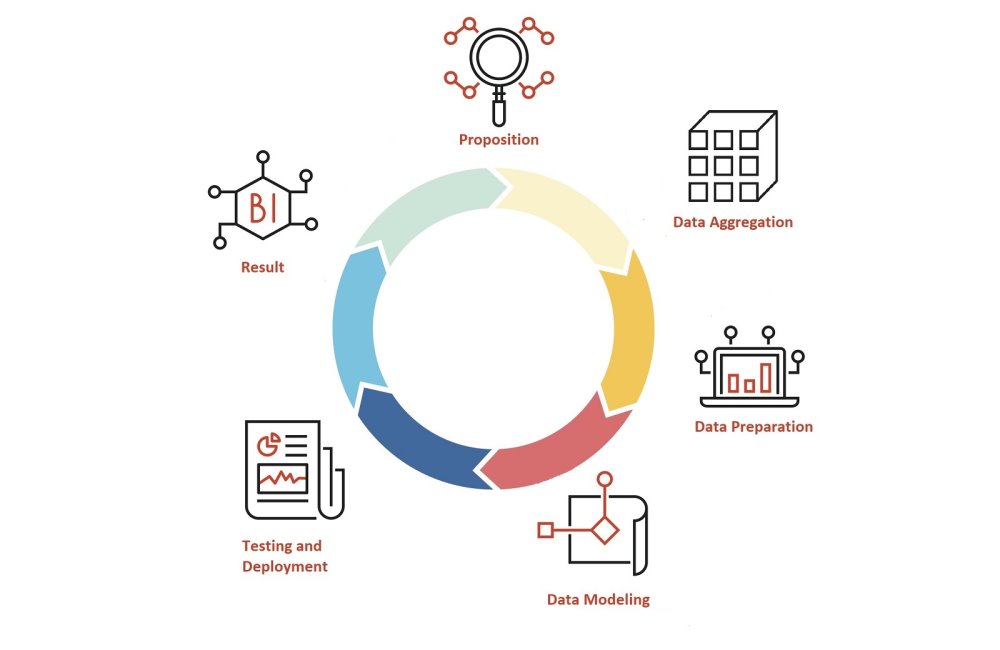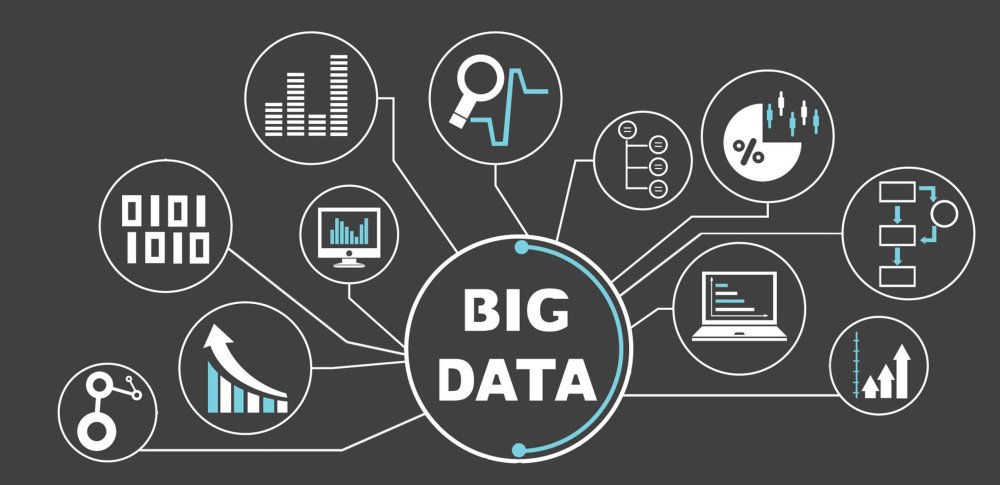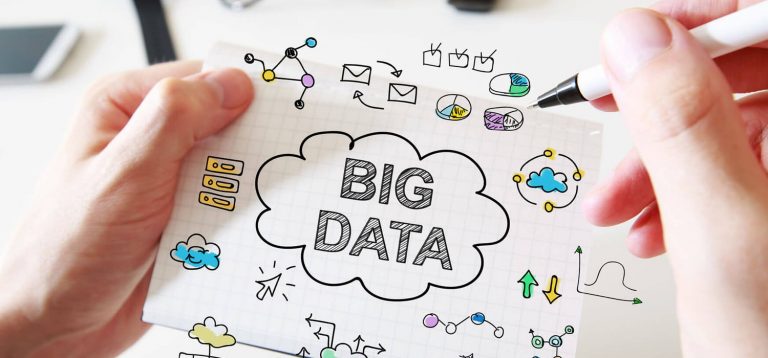Big data is no longer a mystery for the general audience and is getting every day more democratized. Proof is the easy and growing access to big data, and the need of data scientists and analysts that has never been stronger. Everywhere companies lack data science professionals, which made it the hottest job on Glassdoor US for the year coming.
Big data disrupted every sector, and education is no exception – educators from everywhere start to analyze specific analytics to assess and improve their job, but also their students’ results. For instance, teachers delivering their courses online to thousands of students gather a lot of information on their performance – they can then easily build detailed and interactive dashboards thanks to online data visualization tools, so as to analyse the data according many other factors formerly overlooked or simply unseen. That is a precious source of knowledge and improvement for the teaching world, that can also be used to introduce big data for practical examples to the students and prepare the future.
Big data improves learning…

With the democratization of online learning, many platforms have appeared to provide students with material and resources: Moodle, Blackboard, Chalkup… All of these platforms provide data on how the students interact with their course material, read, download, share, react and discuss. Formerly rather limited, providing minimal data – when someone logged in and out, which page they clicked on – it now gives room for newer learning analytics. It can be of great help for teachers to see how engaging their content is and if students are receptive. These platforms also store students’ grades and assessments and provide the ability to compare data, establish a trend overtime, and visualize learners’ progress.
These new big data learning analytics can also bring more: with machine learning coming into play, we can envisage predictive analytics that will help in spotting when a student is dropping out, or struggle in one particular area, so as to step in before he or she falls behind. There won’t need to wait until one fails at the mid-term exam to realize that a problem is there, and that a student needs help. It also gives room for new ways of learning – namely, adaptive learning, based on a user data. It uses machine learning to personalize the learning material to the user’s learning speed, interests, and problematic areas. These “big data for learning” platforms assess and report on the users, to create a learner profile with actionable insights for teachers, adapting in real-time to the student’s or pupil’s learning performance, so as to provide her/him an enhanced learning experience. This is based on the “little” level of big data.
… but also teaching
Likewise, technology can also help in assessing teachers’ methods and collecting feedback. From the grading system to the way of delivering lessons, big data has a lot to bring. Everyone is different and learns in a different way. Some are visual, others are listeners, and others are more practical and need a hands-on approach. Similarly, some people are good at taking tests – regardless of mastering the subject or not.
Beyond the Logo: Custom Corporate T-Shirts as Brand AmbassadorsIt also accelerates the feedback loop from students to teachers, and enables for a teacher’s assessment. Big data analytics brings teachers a wider range of sources to see how their students are learning, how well, which tips worked best for which students, etc. Big data will help designing mass-customized programs to each student, in universities with tens of thousands of pupils – or for online classes, with the example of MOOCs. MOOCs are still mass-made, but in the future algorithms will allow for mass-customization, and can more easily be refined and improved. By considering how long it takes to read a text for instance, which parts are difficult, how many links are clicked and which, how many questions are asked on the topic, authors can get all the information in real-time and adjust their material to better meet the needs of their students, and push them further.
More generally, universities in the online learning are building in-house data science teams and work with developers to create big data models helping them see relationships between various sets of data so as to improve some parts of a curriculum or college instruction related to student success. Teaching can be improved and adapted to everyone.
Big data comes into the classroom as well

Big data does not only apply to the “outside” or macro-level of the educational sector. It is now getting into the classrooms, as an integral part of the curriculum. Over 30 Californian high schools have introduced data science, in order to modernize the programs and adapt to new needs of knowledge that students will be required in the future. It is of course difficult to foresee the future, and one can arguably say that we can hardly know what to be prepared to, as a Dell study estimates that 85% of the jobs in 2030 haven’t been invented yet.
Using Pinterest – How to Generate a Ton of Traffic to Your SiteBut it is still possible to forecast which subject is of interest and will play an increasingly important role in the future – maths, data science, or programming, among others. It starts early with great initiative like children’s books introducing coding such as Hello Ruby.
Conclusion
In the end, big data is again taking a sector by storm – and for the better. Big data for learning is taking off, and companies providing adaptive learning like Kidaptive are a striking example of its growth.
Top Resources for Mobile Web DesignThe sector of “edtech” (educational technology) is challenging traditional methods, mindsets and pedagogies to bring more analytics in and out of the classroom. Teachers will not be replaced by technology – but those who do not know how to use it will be replaced by those who do. Schools, universities, institutions, governments: all need to get ready and hop on the big-data-for-learning train now and prepare for the future – big data won’t wait for you.







